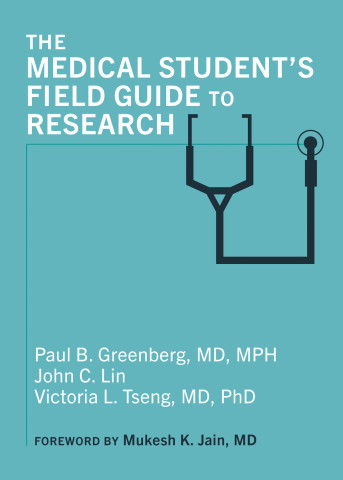
Reviews
The editors are to be applauded for giving us an excellent how-to-manual devoted to this essential aspect of the art of medical education.
Book Details
Foreword
Preface
List of Contributors
Part I: Introduction to Community-Based Precepting
Chapter 1. The History and Value of Preceptorships
Chapter 2. How Do I Get Involved in Precepting?
Chapter 3
Foreword
Preface
List of Contributors
Part I: Introduction to Community-Based Precepting
Chapter 1. The History and Value of Preceptorships
Chapter 2. How Do I Get Involved in Precepting?
Chapter 3. Pitfalls of Precepting
Part II: Characteristics and Needs of Learners
Chapter 4. What Medical Students Want and Need From a Preceptorship
Chapter 5. Learning Needs of Medical Students
Chapter 6. The Teaching Moment
Part III: Clinical Teaching
Chapter 7. Learning During the Preceptorship
Chapter 8. Being a Role Model
Chapter 9. Integrating the Student Into the Practice
Chapter 10. Orienting Medical Students
Chapter 11. Learning Contracts
Chapter 12. Using Goals and Objectives in Community Rotations
Chapter 13. Supervision
Chapter 14. Teaching and Learning Styles
Chapter 15. Formative Feedback
Chapter 16. Summative Feedback, Evaluation, and Grading Students
Chapter 17. Advising From a Preceptor's Perspective
Chapter 18. Dealing with Learners at Different Levels
Chapter 19. Dealing with the Problem Learner
Part IV: Organization of the Preceptorship Curriculum
Chapter 20. The Ideal Preceptorship
Chapter 21. Reinventing the Community-Based Preceptorship
Chapter 22. Costs of Precepting and How to Decrease
Chapter 23. Logistics
Chapter 24. Involving Your Office Staff in Teaching
Part V: Relationships to Medical Schools and Other Agencies
Chapter 25. Working with Preceptorship Sponsors: Medical Schools and Clinical Departments
Chapter 26. Preparing for a Site Visit
Chapter 27. Working with Local Hospital Administrators
Chapter 28. Working with Local Hospital Administrators
Chapter 29. Preceptors in Managed Care Organizations
Part VI: Legal and Ethical Aspects of Precepting
Chapter 30. Liability Issues for Preceptors
Chapter 31. Ethics of Precepting
Part VII: Faculty Benefits and Resources
Chapter 32. Support Services and Products Available for Community Preceptors
Chapter 33. Electronic Communication for Community Preceptors
Chapter 34. Faculty Development
Appendix A. Health Care Financing Administration Rules for Student Documentation in Medicare Patients' Charts
Appendix B. Sample Preceptor-University Contract
Index






